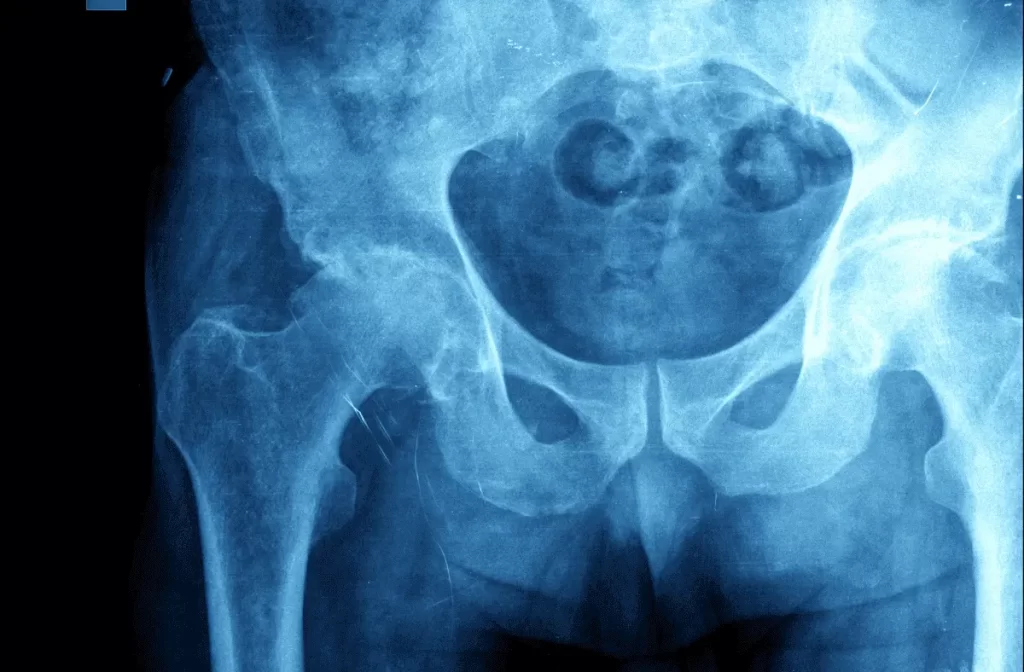The significance of the bones in the body cannot be overemphasized.
Aside from serving as protection for the body’s organs, it also serves as attachment points for the muscles and makes movements like kneeling, lifting, running, jumping, and sitting possible.
When force is exerted on the bones after a blow or fall, it might not be able to withstand the trauma and will break.
The loss of integrity will more often than not result to bone fractures.
In some instances, bone fractures do not occur as a result of blows or falls.
In the case of those people who are suffering from osteoporosis for instance, it won’t require much for the bone to break. This is especially true if the bone has become brittle secondary to lack of calcium.
Bone fractures are classified based on some of the following factors:
- The bone alignment
- Whether complications in nerve or blood function as present
- Whether the skin of the site of the injury is intact
Some of the most prevalent types of bone fractures include:
Broken Hip
 .
.
While the injuries are often attributed to falls and trauma, some cases of broken bones can be traced back to osteoporosis.
In most cases, surgery will be the likely treatment option.
It will however depend on the fracture’s location in the femur.
Broken Hand or Fingers
Since the hands and fingers are often used in day-to-day activities, injuries to them are very common.
Aside from checking for any broken bones, health care professionals will also assess if there are damage to the tendons or the nerves.
If the fracture is complicated, the patient will most likely be referred to an orthopedic or hand specialist.
While not many are aware of it, the anatomy of the hand is very complex and will require specialized attention.
While some cases will only need splinting or casting, others will need surgery.
Compression Fractures
Compression fractures often result from injury, osteoporosis, or trauma.
- Compression fractures that are secondary to injury, they can come with spinal cord or nerve root irritation.
- People suffering from osteoporosis lack calcium in their bones. Aside from weak bones, vertebrae of patients suffering from osteoporosis also tend to get weak. This can result to difficulty in holding up against the force of gravity. Eventually, this can also lead to compression.
- Compression fractures can also be attributed to falls as well as motor vehicle crashes.
Skull Fractures
The skull functions as protection for the brain.
While a massive blow is required to cause a fracture, fractures of any kind to the skull are not to be taken lightly.
Bleeding of the injured site and localized swelling are often considered telltale manifestation of skull fractures.
Skull fractures have different types:
Basilar skull fracture
This type refers to the damage that occurs to the bone situated at the base of the brain. Common indicators of basilar fracture include bloody drainage from either the ear or nose, bruising at the left ear (battle’s sign), and bruising around the eyes (raccoon eyes).
Depressed skull fracture
Depressed skull fractures occur when is the bone is broken, with the bone fragments pushed inwards.
While surgery might be an option, it would still depend on the depression depth and if there are damage to the brain tissues.
Open skull fracture
This type of skull fracture occurs when the scalp becomes lacerated and the possibility the wound will connect with the meninges becomes highly likely. The meninges are the brains’ fibrous covering.
In most cases, surgery will be performed to help ensure infection is kept at bay.
To know more about your fractures and how they can be treated accordingly, head to www.bjios.sg now.


